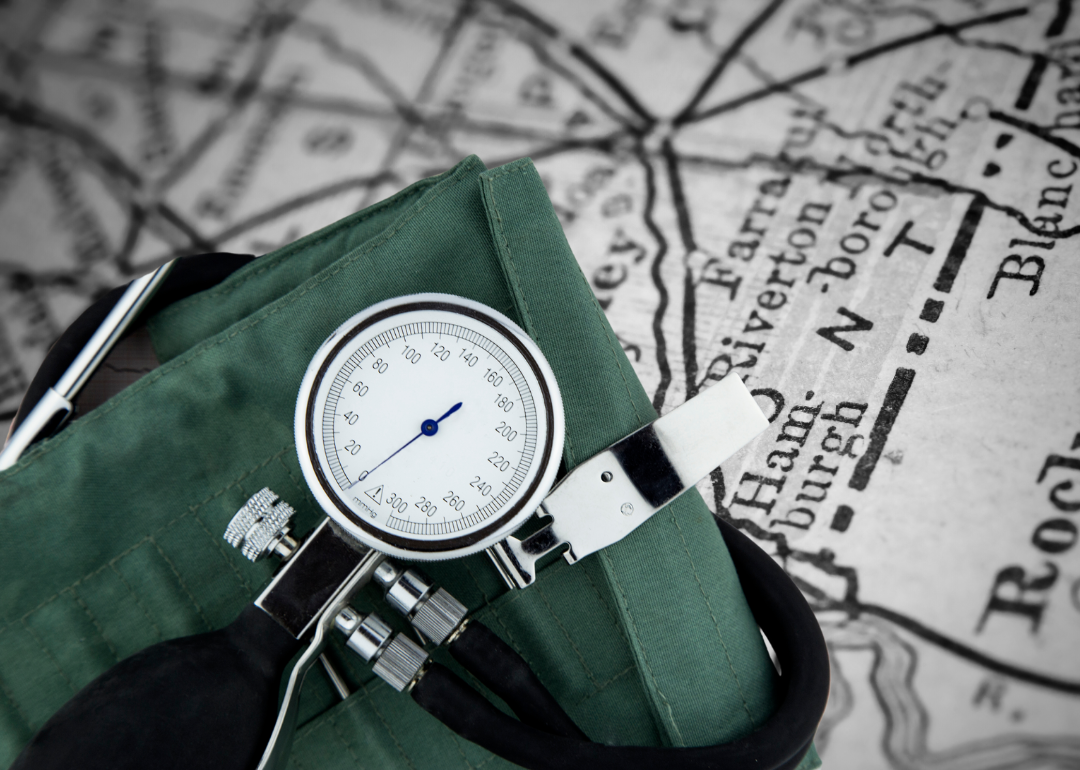
Counties with the highest rates of high blood pressure in Nebraska
Counties with the highest rates of high blood pressure in Nebraska
Nearly half of Americans live with high blood pressure. High blood pressure, or hypertension, contributed to nearly 700,000 deaths in 2021 and is a major risk factor for heart disease and stroke.
Stacker used data from the Centers for Disease Control and Prevention to examine the counties with the highest rates of high blood pressure in Nebraska as of 2021. Ties are broken by the share of the population on blood pressure medication. For counties that ranked in the top 200 nationally, their national rank for high blood pressure prevalence is also included.
The Southeast has the highest rates of high blood pressure. Racial disparities underscore these geographical trends, as about 40% of Black people across the U.S. have high blood pressure. Social determinants of health, including access to health care and fresh foods, have contributed to higher rates.
Guidelines for doctors have also limited the types of high blood pressure medication available to Black patients, a paradigm which is now starting to shift as recent studies have pointed out the flaws of race-based prescribing for hypertension.
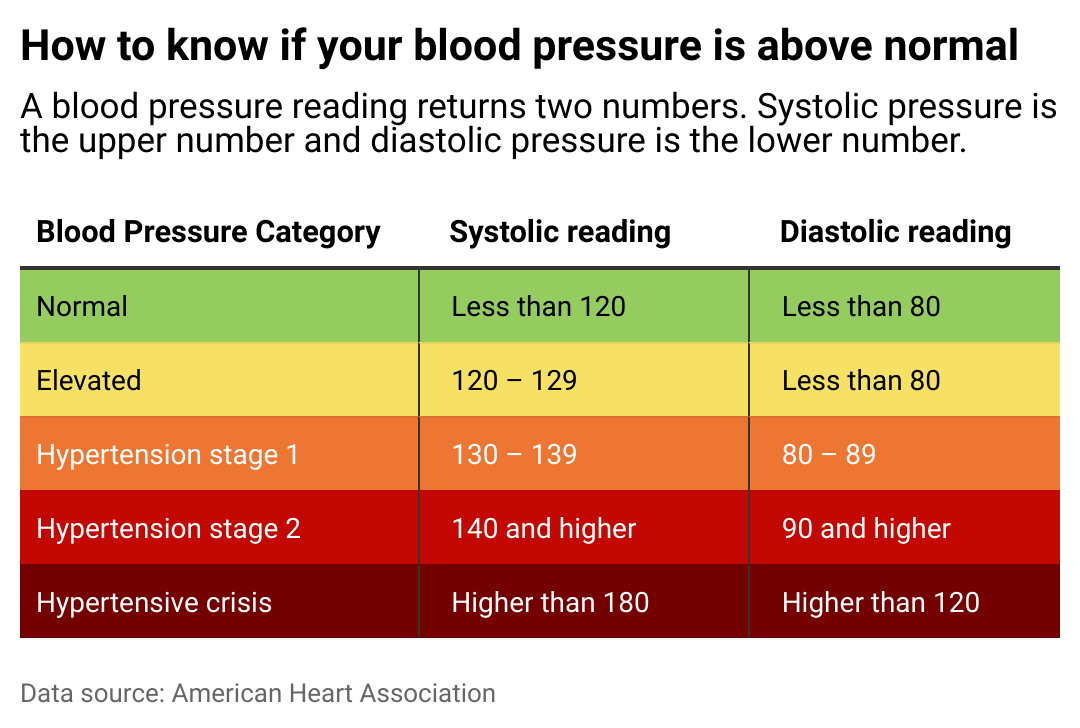
State-level statistics
The American Heart Association and the American College of Cardiology in 2017 updated high blood pressure guidelines for the first time since 2003. Any reading of 130/80 and above is now considered hypertensive.
Blood pressure is measured using two numbers: systolic and diastolic pressure. The systolic reading examines the arteries when the heart is beating, while the diastolic reading examines them while the heart rests. Normal blood pressure is below 120/80.
Diet is a major driver of high blood pressure, with salty foods and low-potassium diets connected to hypertension. Other lifestyle choices play a part, too, including drinking and smoking. The CDC says heredity also likely plays some role in hypertension risk.
For people who have hypertension, limiting high-risk foods and behaviors, taking medication recommended by doctors, and regularly monitoring their blood pressure with a cuff can prevent more severe incidents.
Read on to see the counties in Nebraska with the highest rates of hypertension.

#25. Perkins County
- Adults with high blood pressure: 30.6%
- Adults on medication for high blood pressure: 18.5% (60.5% of those with high blood pressure)

#24. Garden County
- Adults with high blood pressure: 30.7%
- Adults on medication for high blood pressure: 18.9% (61.7% of those with high blood pressure)
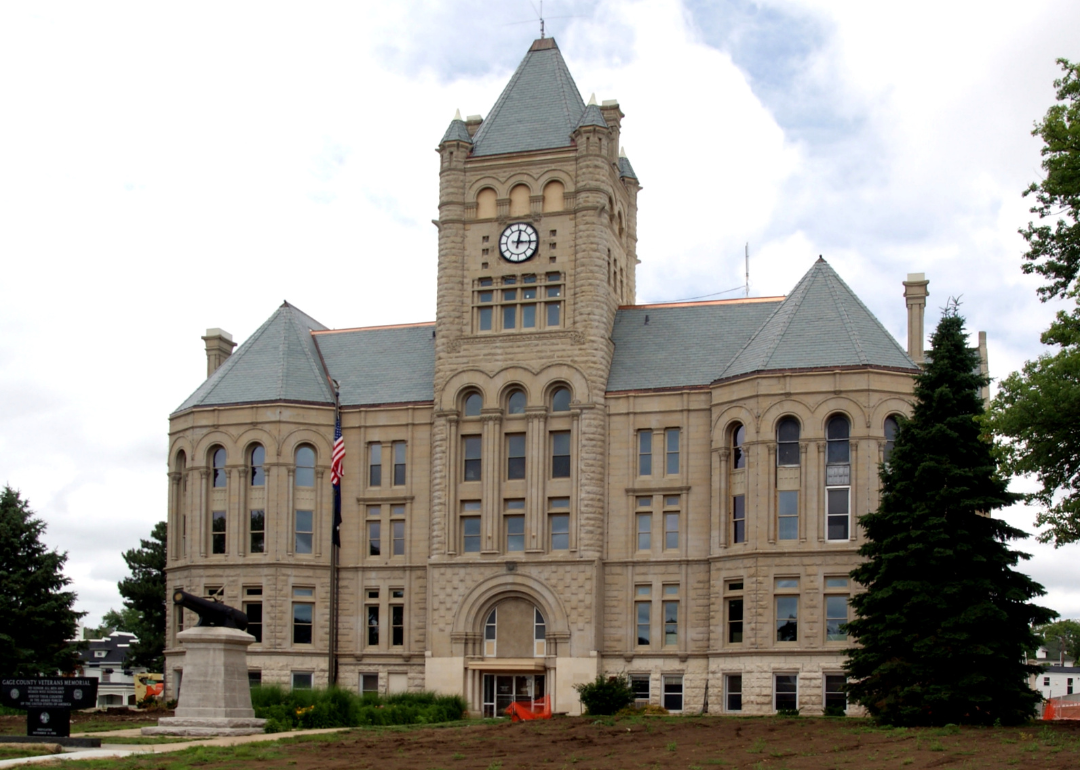
#23. Gage County
- Adults with high blood pressure: 30.7%
- Adults on medication for high blood pressure: 19.0% (61.9% of those with high blood pressure)
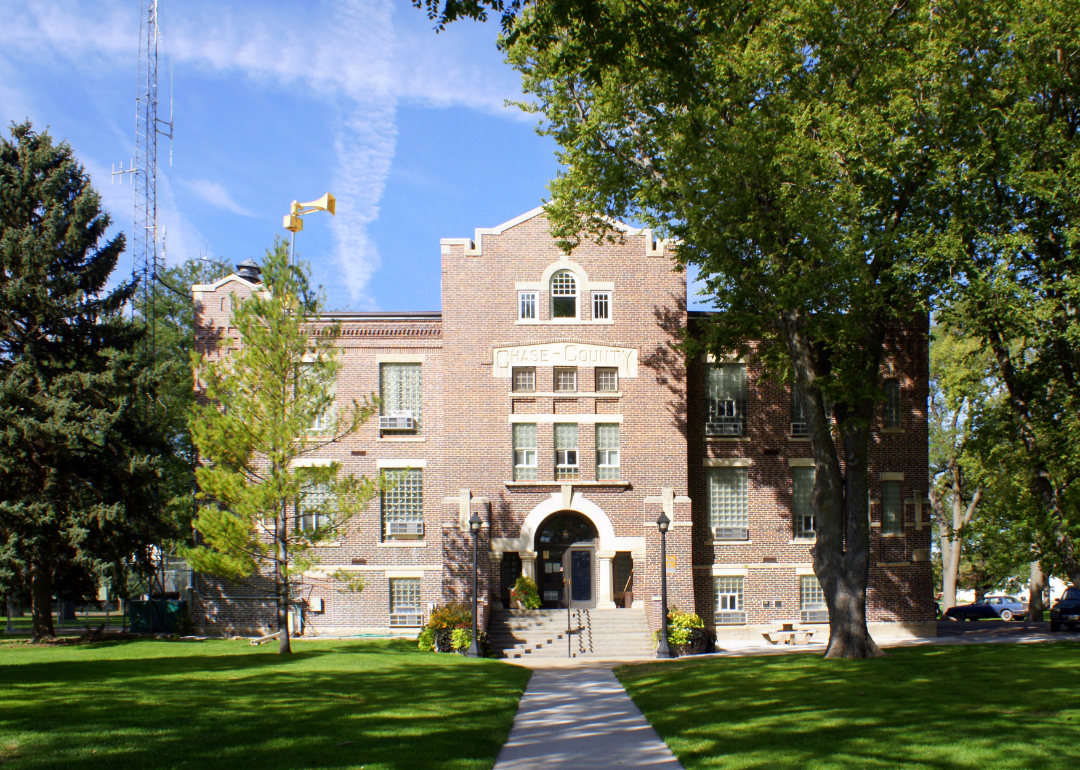
#22. Chase County
- Adults with high blood pressure: 30.8%
- Adults on medication for high blood pressure: 18.8% (60.9% of those with high blood pressure)
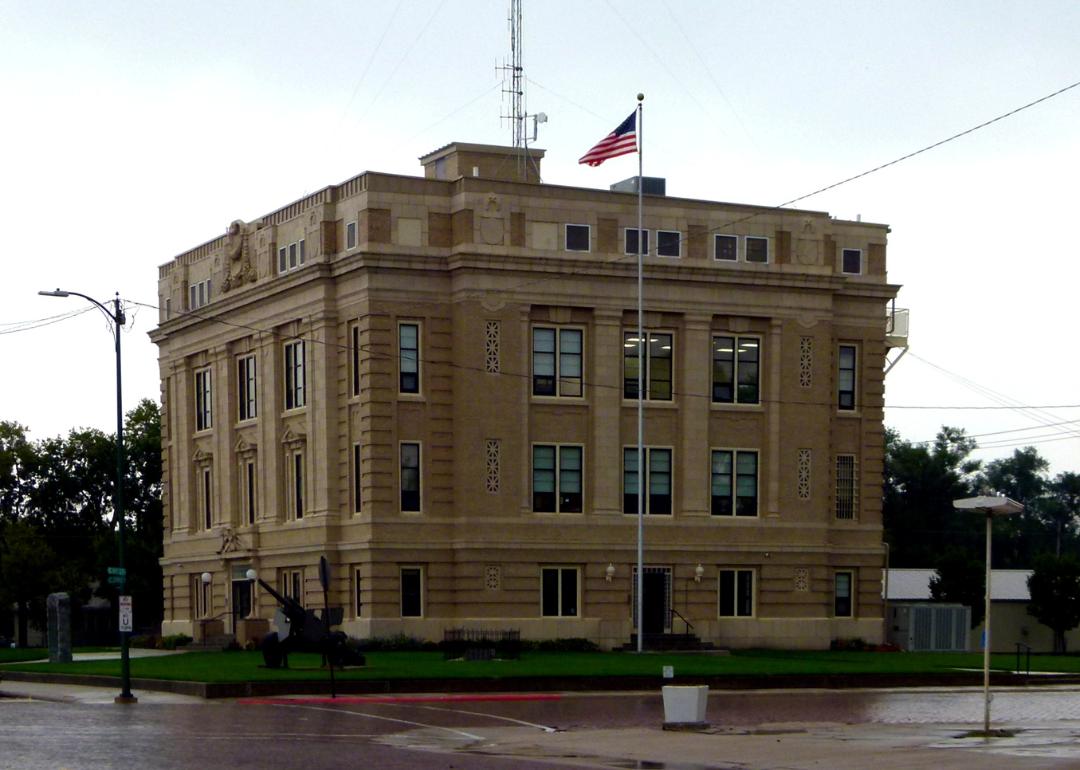
#21. Colfax County
- Adults with high blood pressure: 30.8%
- Adults on medication for high blood pressure: 18.8% (61.1% of those with high blood pressure)
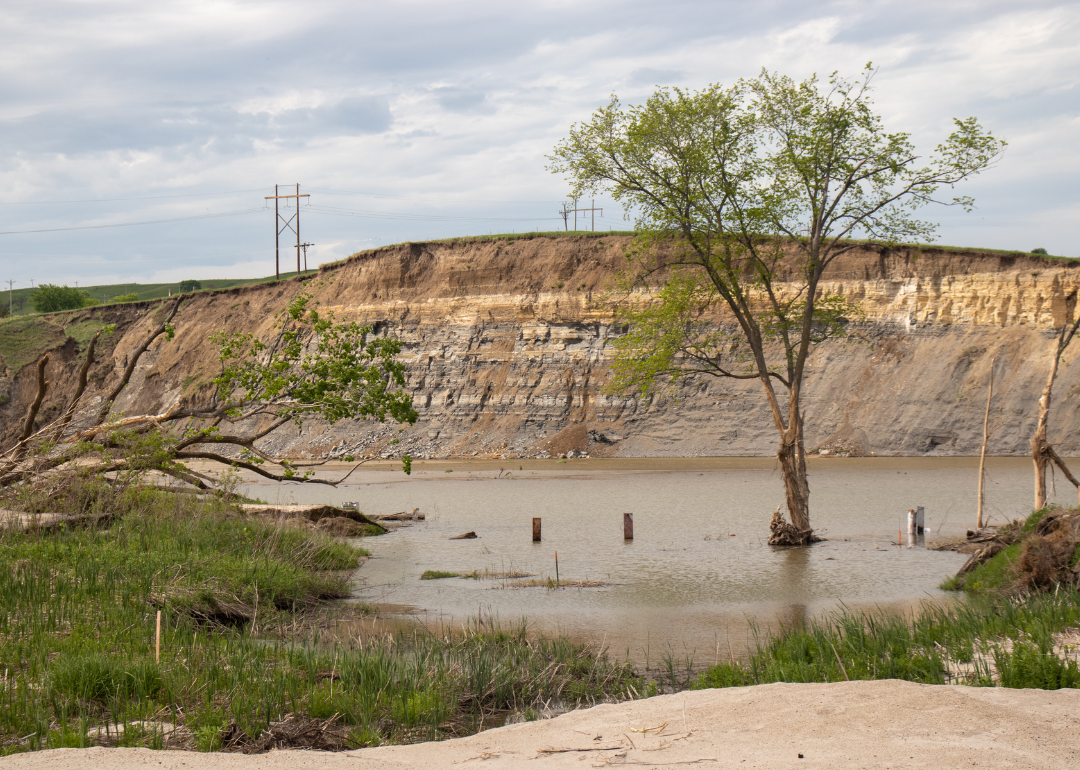
#20. Boyd County
- Adults with high blood pressure: 30.8%
- Adults on medication for high blood pressure: 18.9% (61.4% of those with high blood pressure)
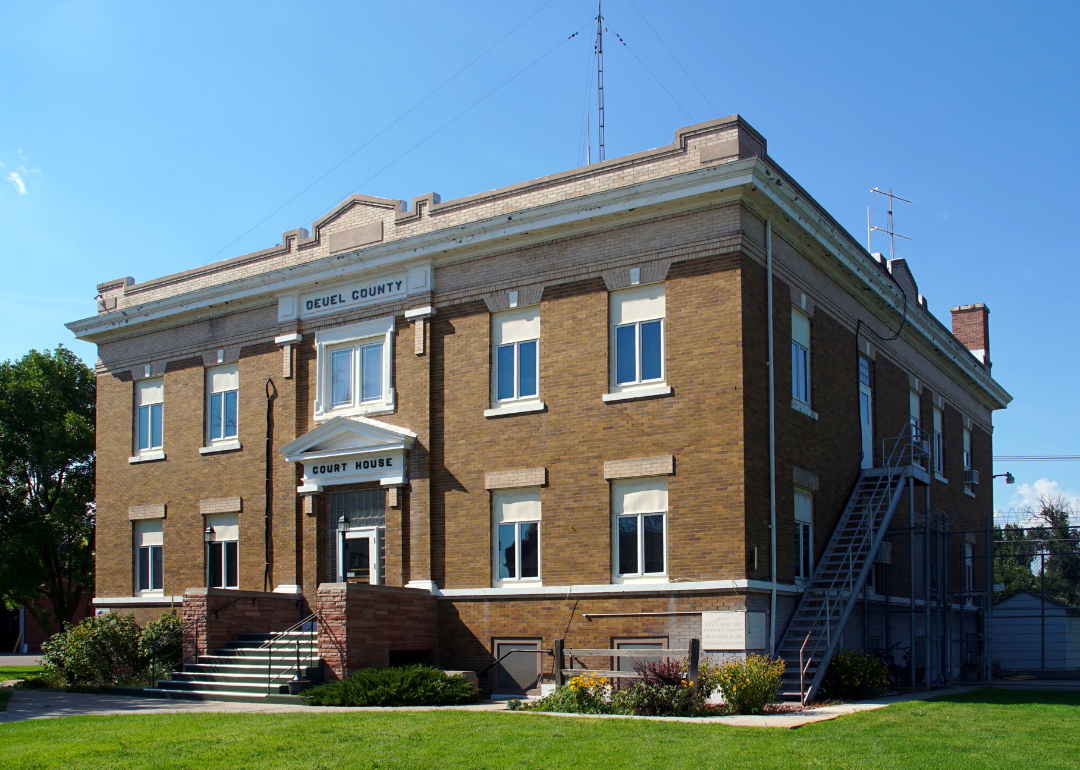
#19. Deuel County
- Adults with high blood pressure: 30.8%
- Adults on medication for high blood pressure: 18.9% (61.5% of those with high blood pressure)
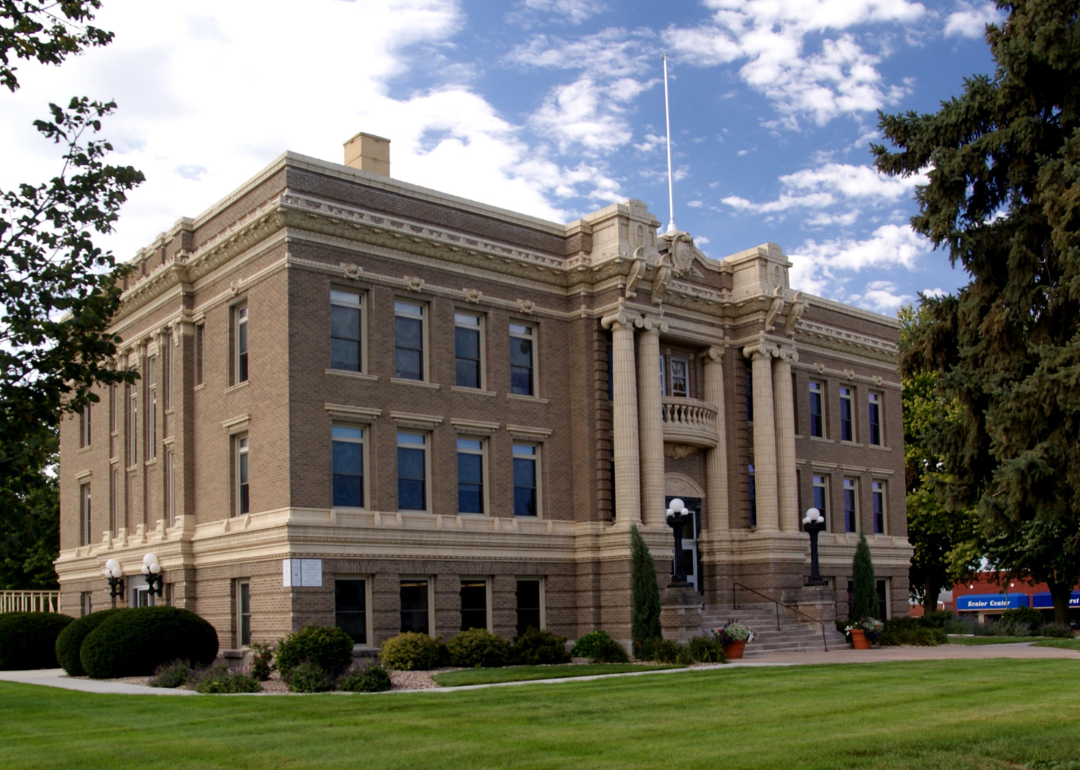
#18. Clay County
- Adults with high blood pressure: 30.9%
- Adults on medication for high blood pressure: 19.0% (61.5% of those with high blood pressure)
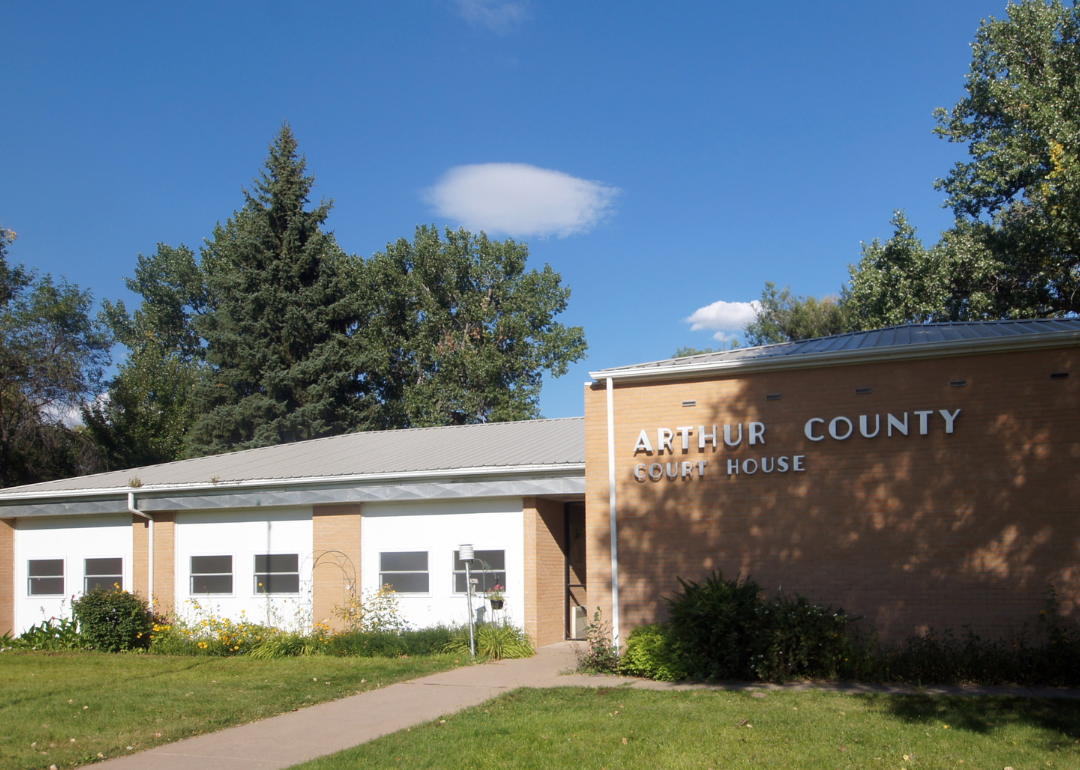
#17. Arthur County
- Adults with high blood pressure: 30.9%
- Adults on medication for high blood pressure: 19.1% (61.9% of those with high blood pressure)
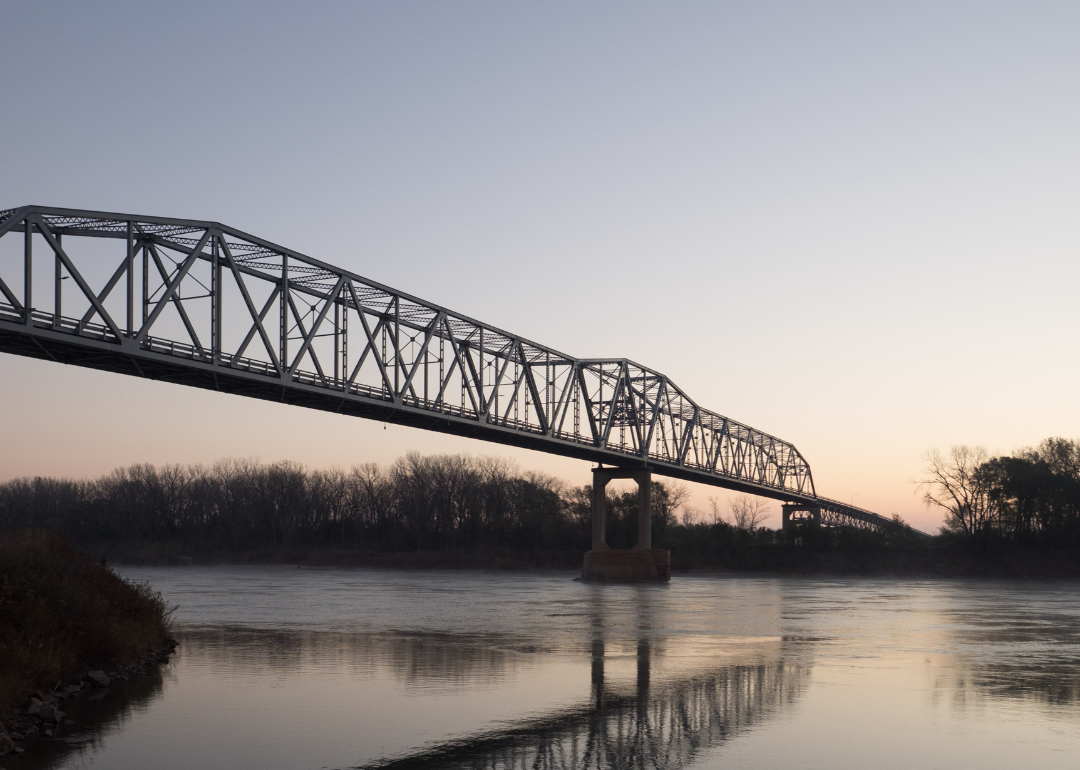
#16. Burt County
- Adults with high blood pressure: 31.0%
- Adults on medication for high blood pressure: 19.1% (61.7% of those with high blood pressure)
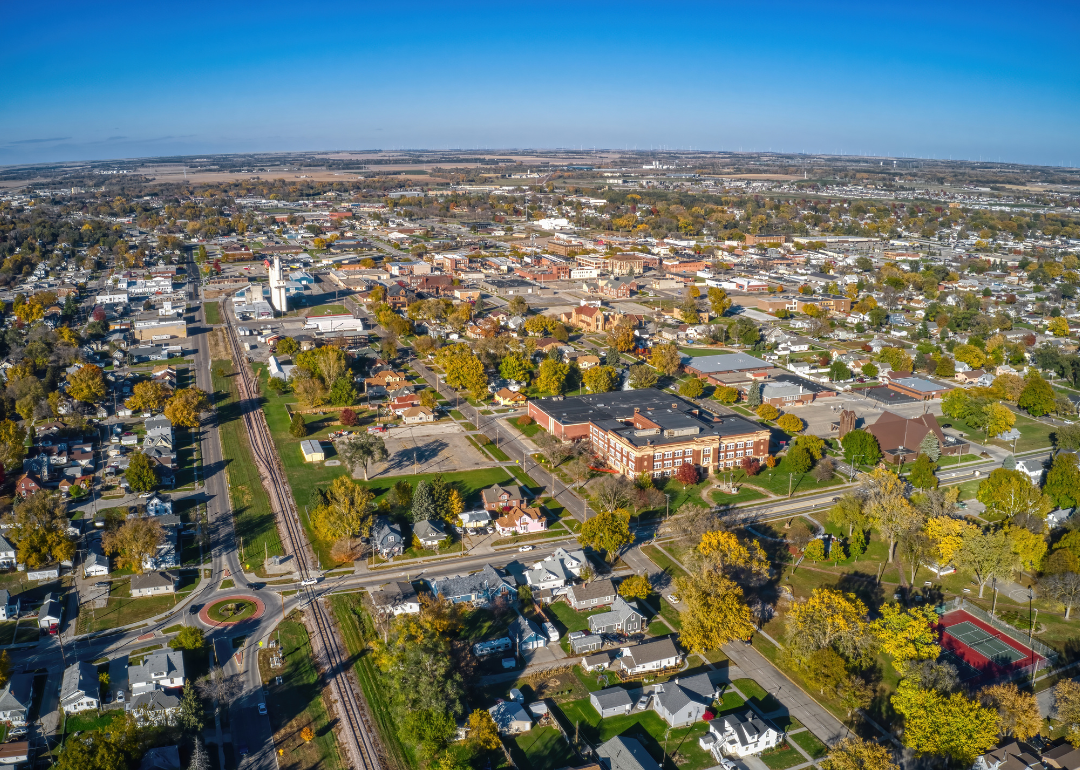
#15. Madison County
- Adults with high blood pressure: 31.2%
- Adults on medication for high blood pressure: 18.9% (60.6% of those with high blood pressure)

#14. Keya Paha County
- Adults with high blood pressure: 31.3%
- Adults on medication for high blood pressure: 19.5% (62.4% of those with high blood pressure)

#13. Sheridan County
- Adults with high blood pressure: 31.4%
- Adults on medication for high blood pressure: 19.2% (61.2% of those with high blood pressure)
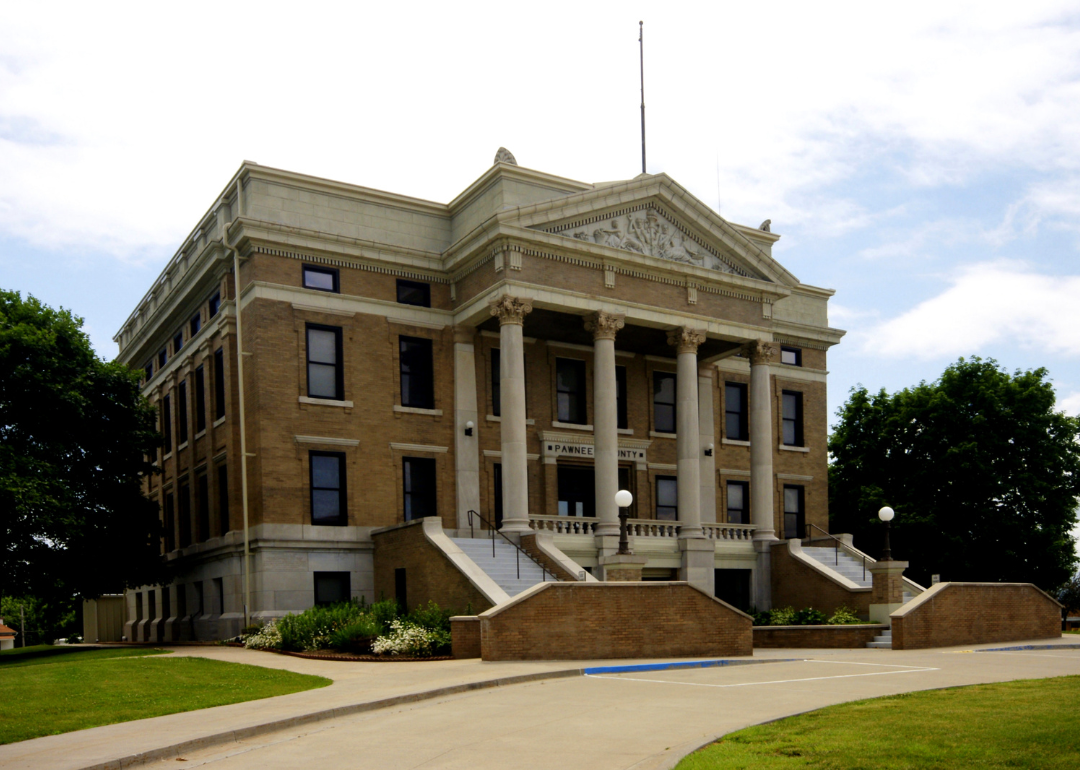
#12. Pawnee County
- Adults with high blood pressure: 31.4%
- Adults on medication for high blood pressure: 19.2% (61.3% of those with high blood pressure)
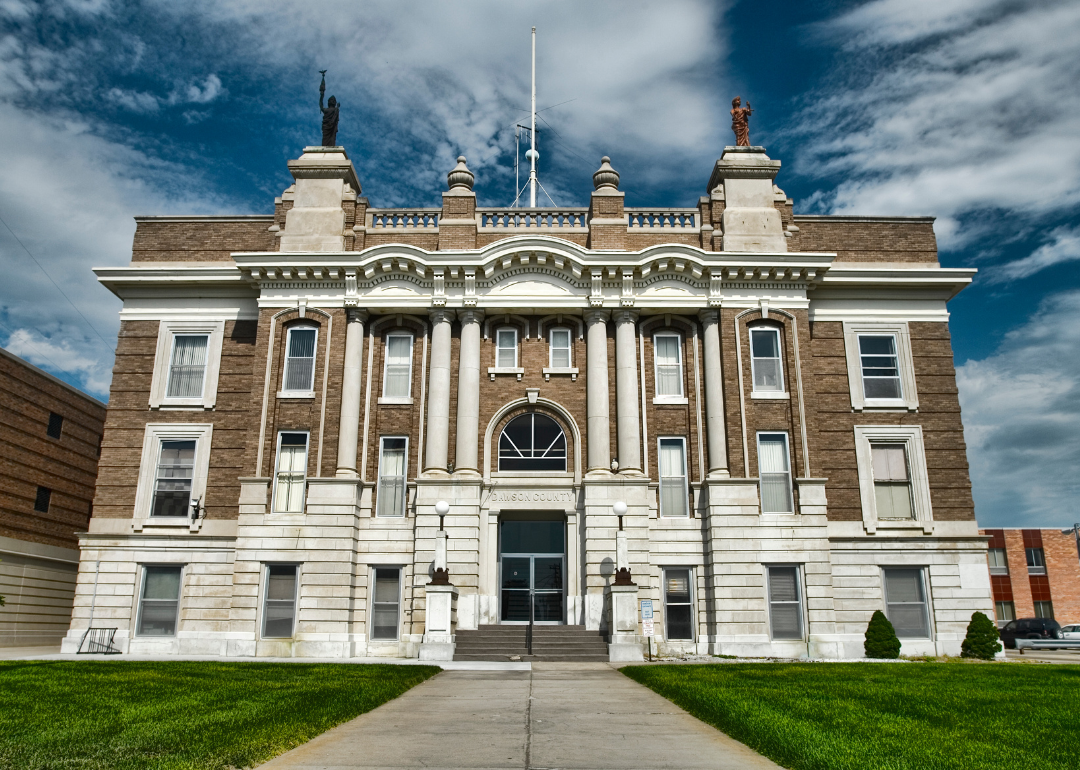
#11. Dawson County
- Adults with high blood pressure: 31.4%
- Adults on medication for high blood pressure: 19.5% (62.0% of those with high blood pressure)
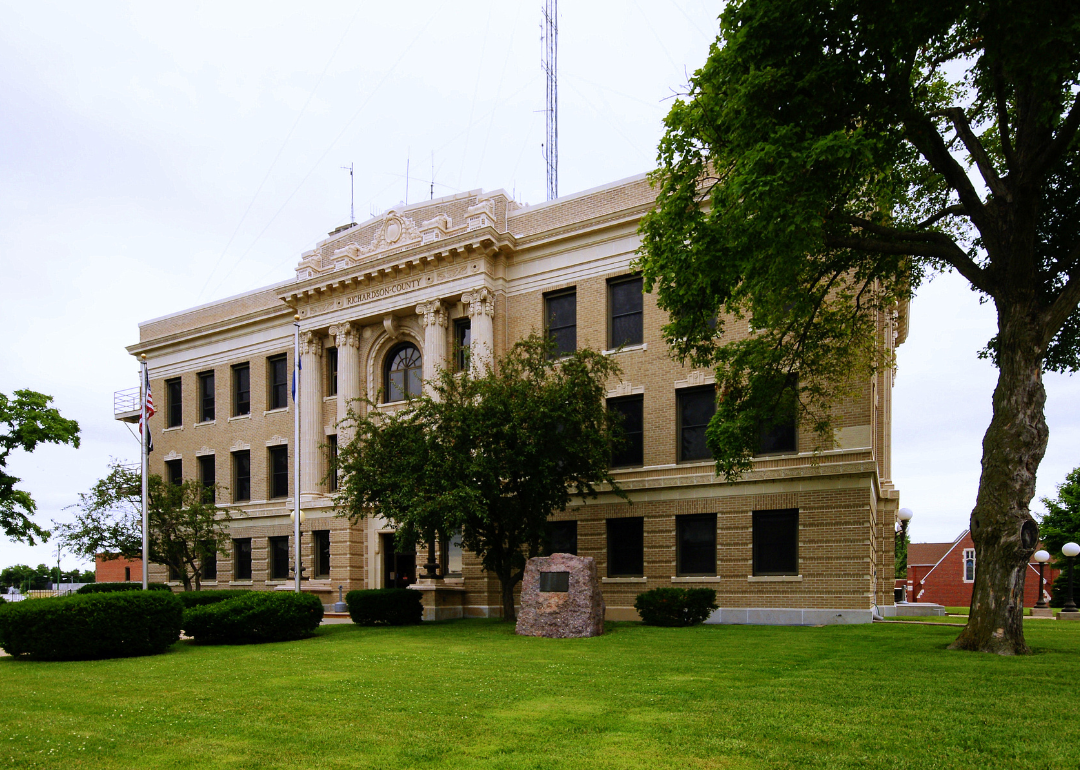
#10. Richardson County
- Adults with high blood pressure: 31.5%
- Adults on medication for high blood pressure: 19.7% (62.5% of those with high blood pressure)

#9. Brown County
- Adults with high blood pressure: 31.6%
- Adults on medication for high blood pressure: 19.3% (61.1% of those with high blood pressure)
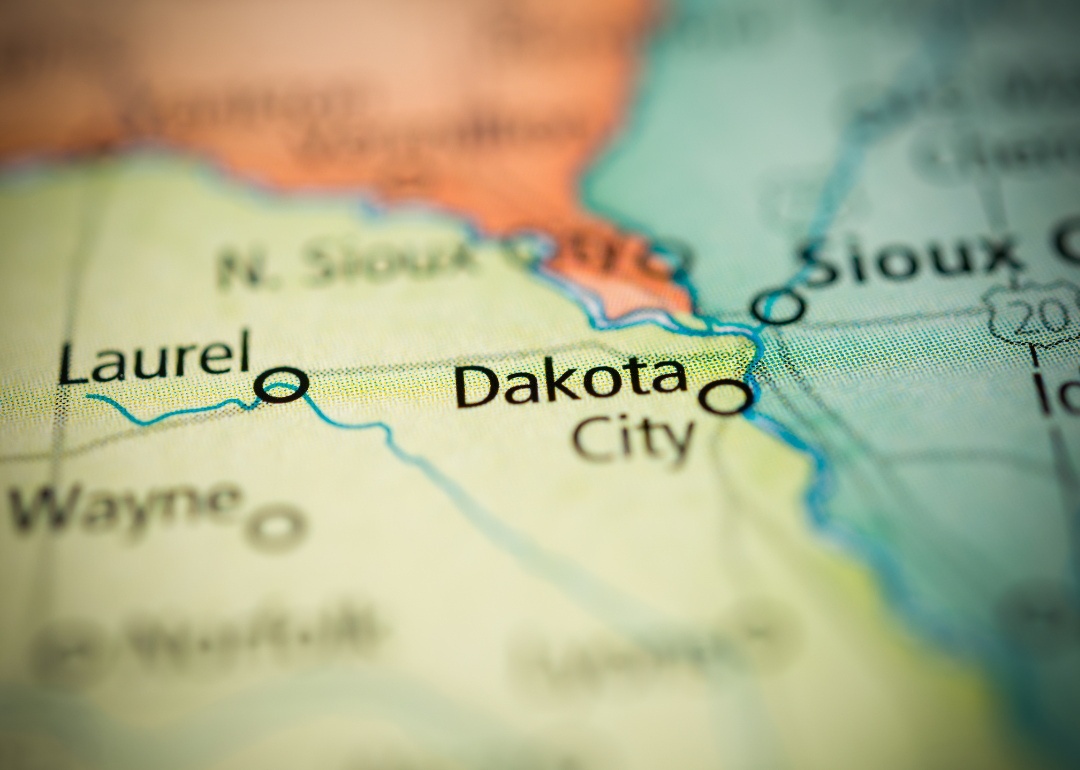
#8. Dakota County
- Adults with high blood pressure: 31.6%
- Adults on medication for high blood pressure: 19.6% (61.9% of those with high blood pressure)
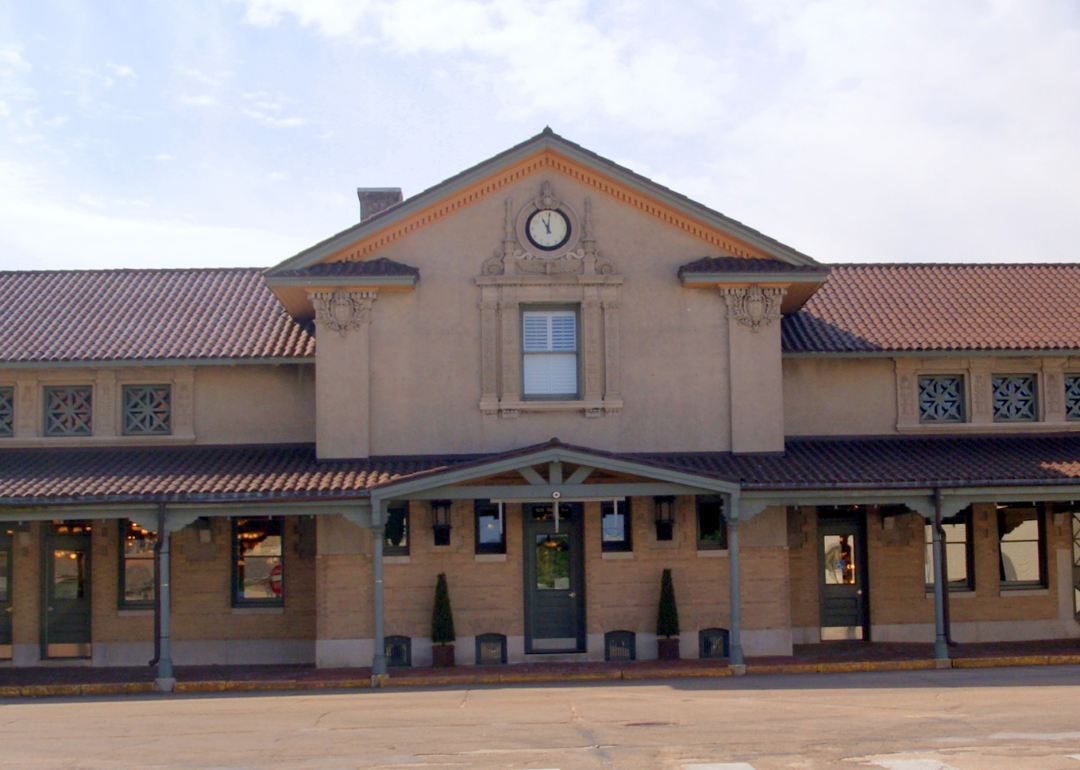
#7. Adams County
- Adults with high blood pressure: 31.6%
- Adults on medication for high blood pressure: 19.8% (62.7% of those with high blood pressure)
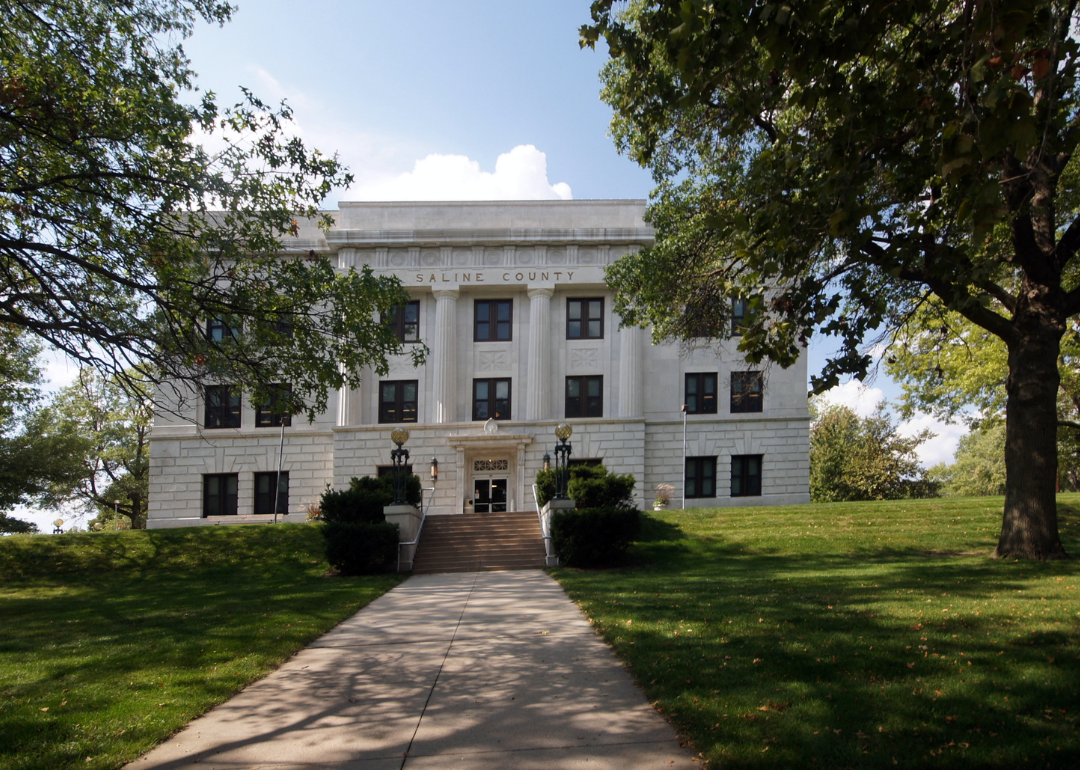
#6. Saline County
- Adults with high blood pressure: 31.6%
- Adults on medication for high blood pressure: 19.8% (62.7% of those with high blood pressure)
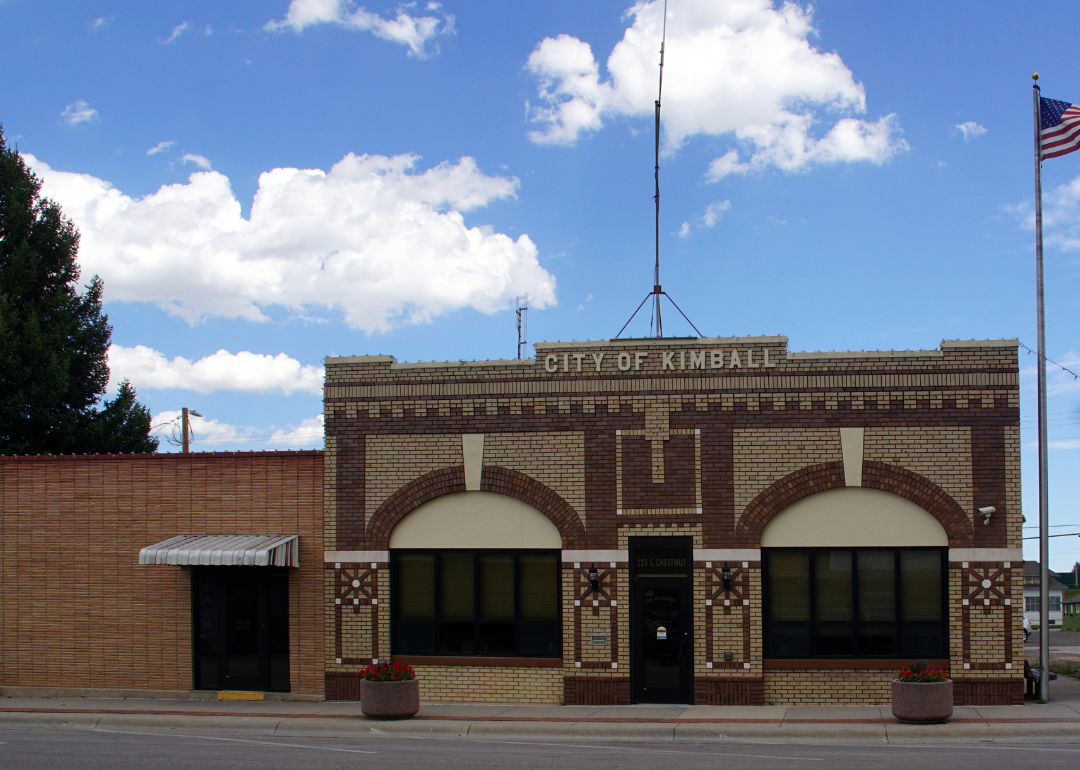
#5. Kimball County
- Adults with high blood pressure: 31.8%
- Adults on medication for high blood pressure: 19.7% (62.1% of those with high blood pressure)
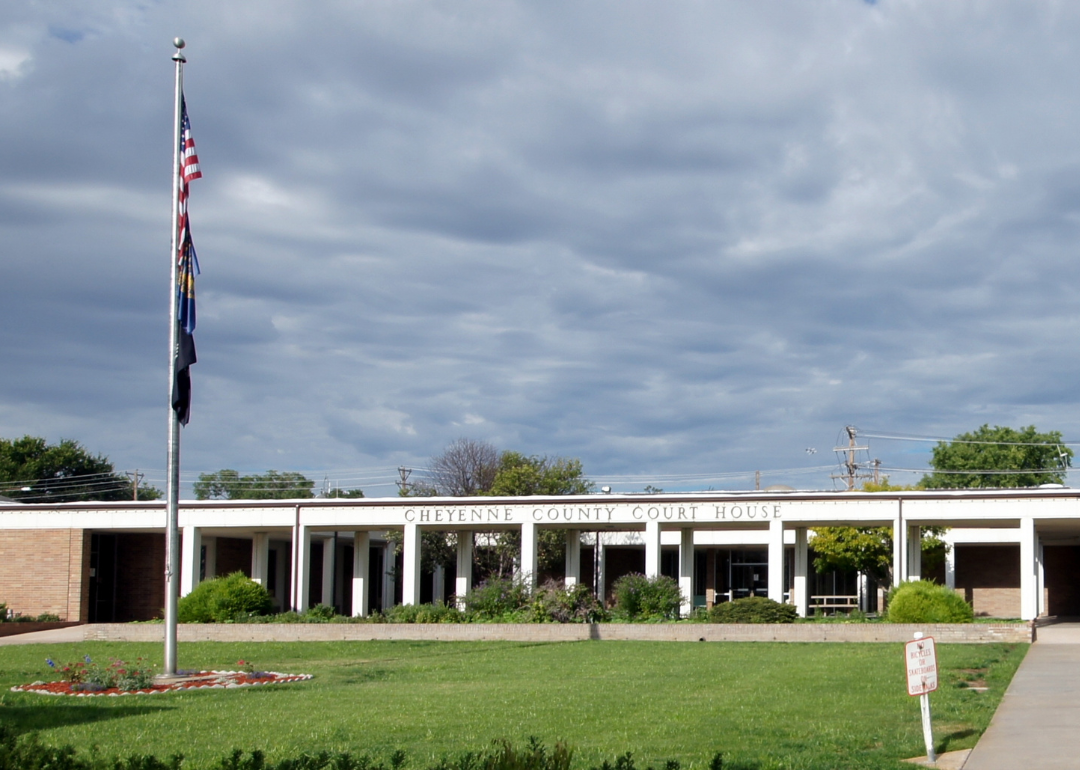
#4. Cheyenne County
- Adults with high blood pressure: 31.9%
- Adults on medication for high blood pressure: 19.6% (61.4% of those with high blood pressure)
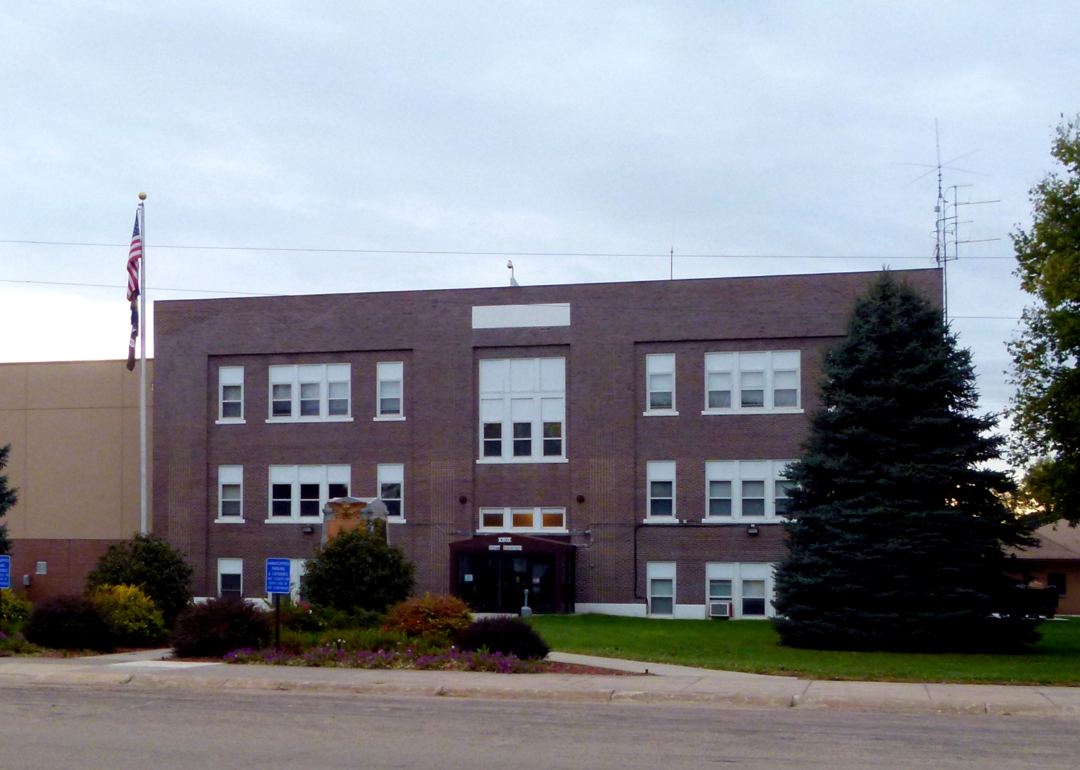
#3. Knox County
- Adults with high blood pressure: 31.9%
- Adults on medication for high blood pressure: 20.0% (62.7% of those with high blood pressure)
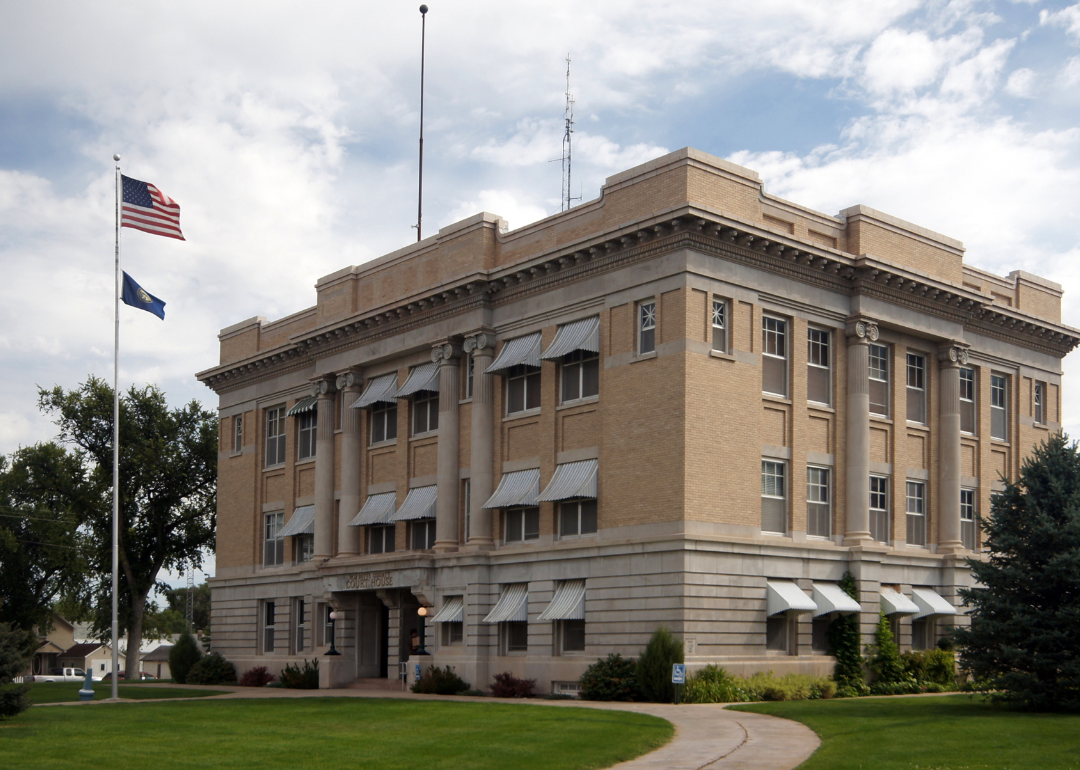
#2. Box Butte County
- Adults with high blood pressure: 32.3%
- Adults on medication for high blood pressure: 20.1% (62.2% of those with high blood pressure)
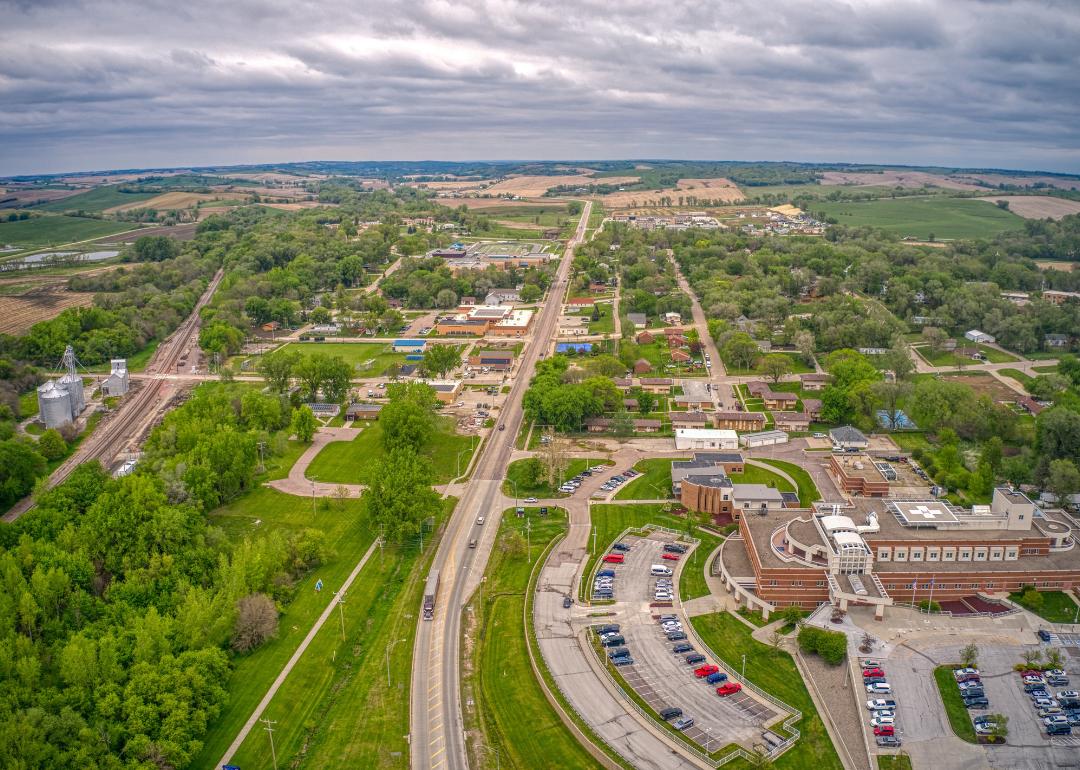
#1. Thurston County
- Adults with high blood pressure: 33.4%
- Adults on medication for high blood pressure: 20.8% (62.3% of those with high blood pressure)
This story features data reporting and writing by Emma Rubin and is part of a series utilizing data automation across 49 states.



